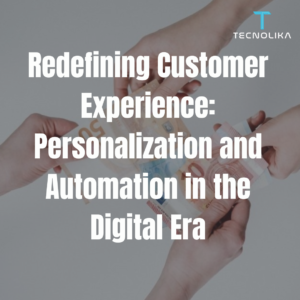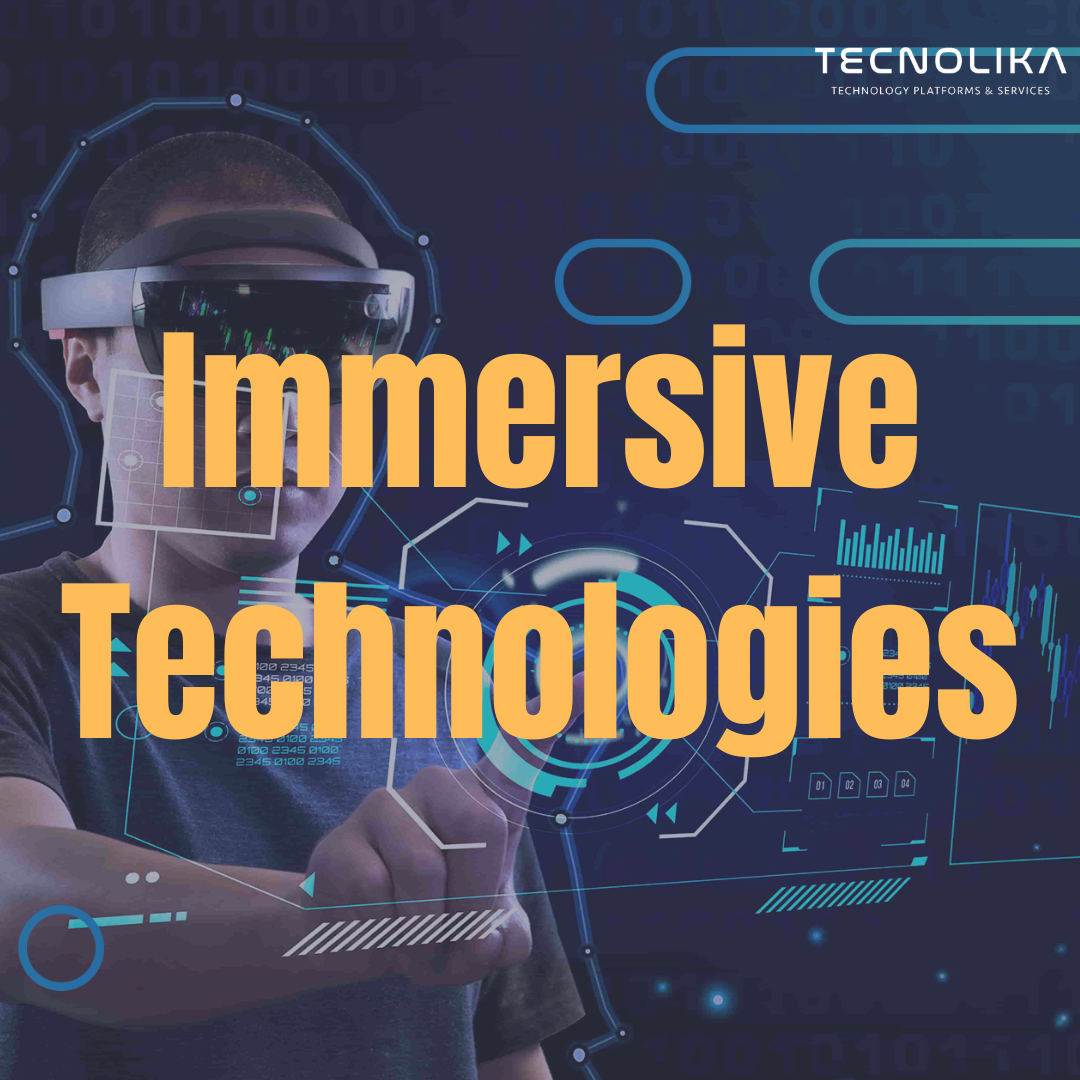

Close


Immersive technologies have taken the world by storm, transforming the way we perceive and interact with digital content. These technologies, including virtual reality (VR), augmented reality (AR), and mixed reality (MR), offer unique and immersive experiences that blend the physical and virtual worlds. In recent years, enterprises across various industries have started leveraging immersive technologies to revolutionize their operations, enhance customer experiences, and unlock new opportunities. Let’s delve into what immersive technologies are and how they can benefit your enterprise.
Introduction: Understanding Immersive Technologies
Immersive technologies create a computer-generated environment that simulates a physical presence or augments the real world with digital information. Let’s explore the key immersive technologies and their unique features:
1. Virtual Reality (VR)
VR immerses users in a completely virtual environment, blocking out the physical world. Users wear a VR headset that tracks their movements, enabling them to interact with the digital environment realistically.
2. Augmented Reality (AR)
AR overlays digital content onto the real world, enhancing the user’s perception of the environment. AR can be experienced through smartphones, tablets, or dedicated AR glasses, allowing users to interact with virtual objects in their physical surroundings.
3. Mixed Reality (MR)
MR combines elements of both VR and AR, blending virtual objects with the real world and enabling interaction with both. MR devices, such as Microsoft HoloLens, offer seamless integration of digital content into the physical environment.
Immersive technologies offer several benefits for enterprises across various industries. Here are some key advantages:
1. Enhancing Customer Experiences
Immersive technologies enable enterprises to create unique and engaging customer experiences. For example, VR and AR can be used to showcase products in virtual showrooms or allow customers to visualize how products will appear in their physical space. This enhanced engagement can lead to increased customer satisfaction, improved brand perception, and higher conversion rates.
2. Streamlining Training and Education
Immersive technologies revolutionize training and education by providing realistic and interactive simulations. From employee onboarding to complex technical training, VR and AR can simulate real-world scenarios, allowing learners to gain practical experience in a safe and controlled environment. This immersive training approach improves knowledge retention, reduces costs associated with physical training setups, and enhances overall learning outcomes.
3. Boosting Design and Visualization Capabilities
Immersive technologies empower designers and architects to visualize and iterate on their creations more effectively. VR and AR tools allow stakeholders to experience and interact with virtual prototypes, enabling better design validation, spatial understanding, and collaborative decision-making. This iterative design process can significantly reduce time-to-market and minimize costly design errors.
4. Accelerating Prototyping and Product Development
Immersive technologies facilitate rapid prototyping and iterative product development cycles. With VR and AR, enterprises can create virtual prototypes and conduct virtual testing, reducing the need for physical prototypes and accelerating time-to-market. This streamlined product development process enables efficient iteration, cost savings, and enhanced product quality.
5. Improving Remote Collaboration
Immersive technologies bridge the gap between remote and distributed teams, enabling seamless collaboration regardless of geographical barriers. VR and AR platforms allow team members to meet virtually in shared immersive environments, where they can visualize and manipulate 3D models, annotate designs, and communicate in real time. This improves communication, fosters better teamwork, and eliminates the challenges of distance and travel.
Immersive technologies have become powerful tools for enterprises to revolutionize their operations and enhance customer experiences. Whether it’s creating immersive product demonstrations, transforming training programs, streamlining design and visualization processes, accelerating prototyping, or enabling remote collaboration, the benefits of immersive technologies are vast and impactful. Embracing these technologies can give your enterprise a competitive edge, driving innovation, efficiency, and customer satisfaction.
1. Are immersive technologies only applicable to certain industries?
No, immersive technologies have applications across various industries, including retail, manufacturing, healthcare, real estate, education, and more. The versatility of these technologies allows for customized solutions tailored to specific industry needs.
2. Do immersive technologies require significant investments?
While implementing immersive technologies may require some initial investment, the costs have significantly reduced over time. There are various affordable options available, and the return on investment can be substantial considering the enhanced experiences, improved productivity, and long-term cost savings.
3. Can immersive technologies replace physical experiences entirely?
Immersive technologies offer unique and complementary experiences to physical interactions. While they can simulate and enhance certain aspects, they cannot fully replace the tangible qualities of physical experiences. However, they provide added value, convenience, and new possibilities for engagement.
4. Are there any potential challenges or limitations to consider?
Some challenges include the need for proper hardware and software infrastructure, ensuring user adoption and familiarity with the technology, and addressing potential motion sickness or discomfort in some individuals. However, as technology continues to advance, these challenges are being addressed, making immersive technologies more accessible and user-friendly.
5. How can I get started with immersive technologies for my enterprise?
To get started, it’s advisable to partner with experienced immersive technology providers or consult with experts in the field. They can assess your specific needs, recommend suitable solutions, and guide you through the implementation process, ensuring a smooth and successful integration of immersive technologies into your enterprise.
Launch your bussines into the future today!